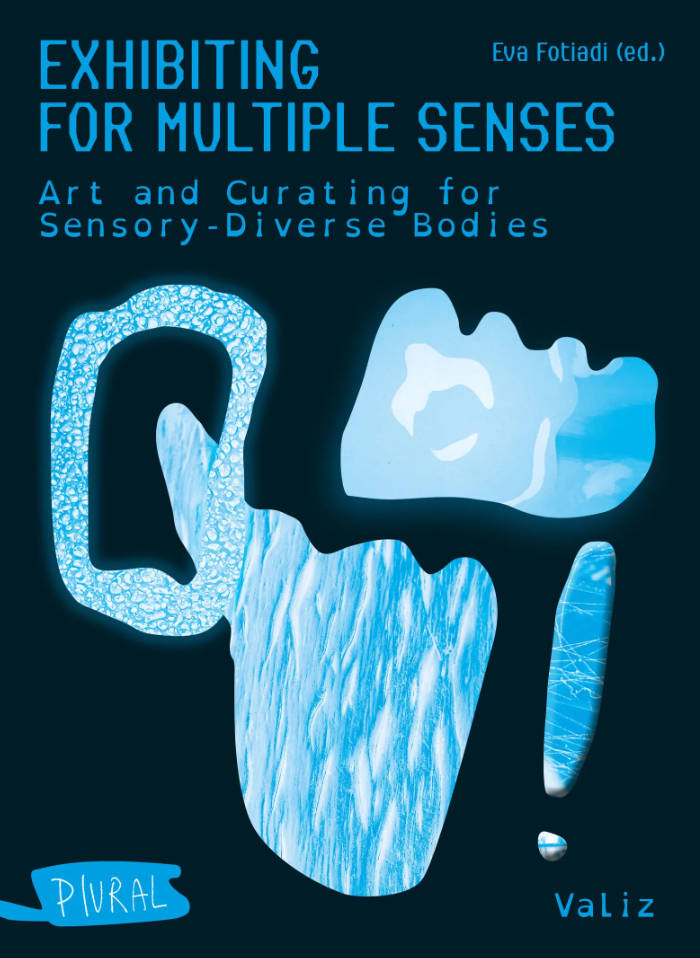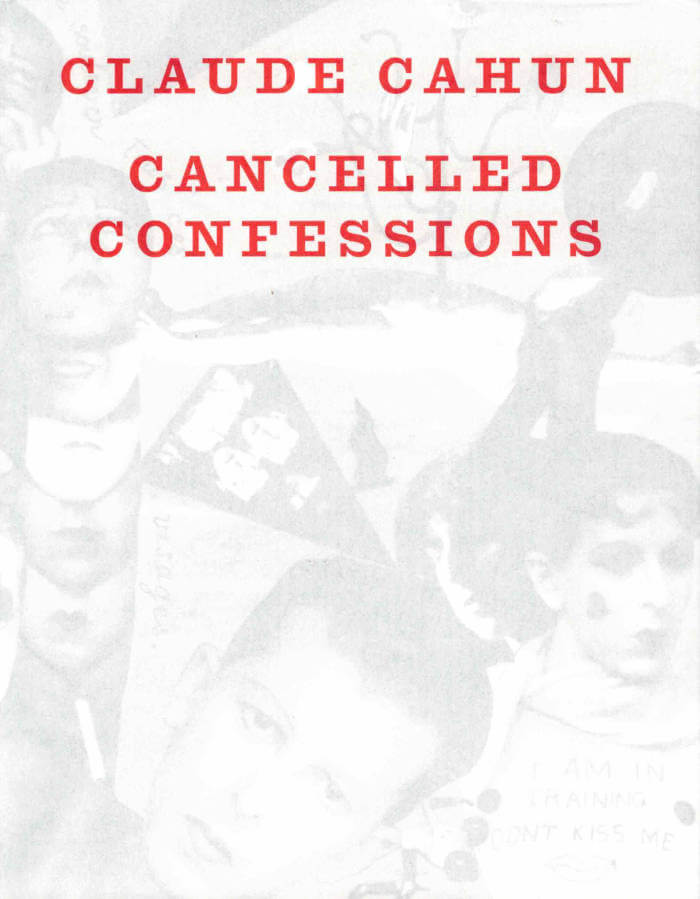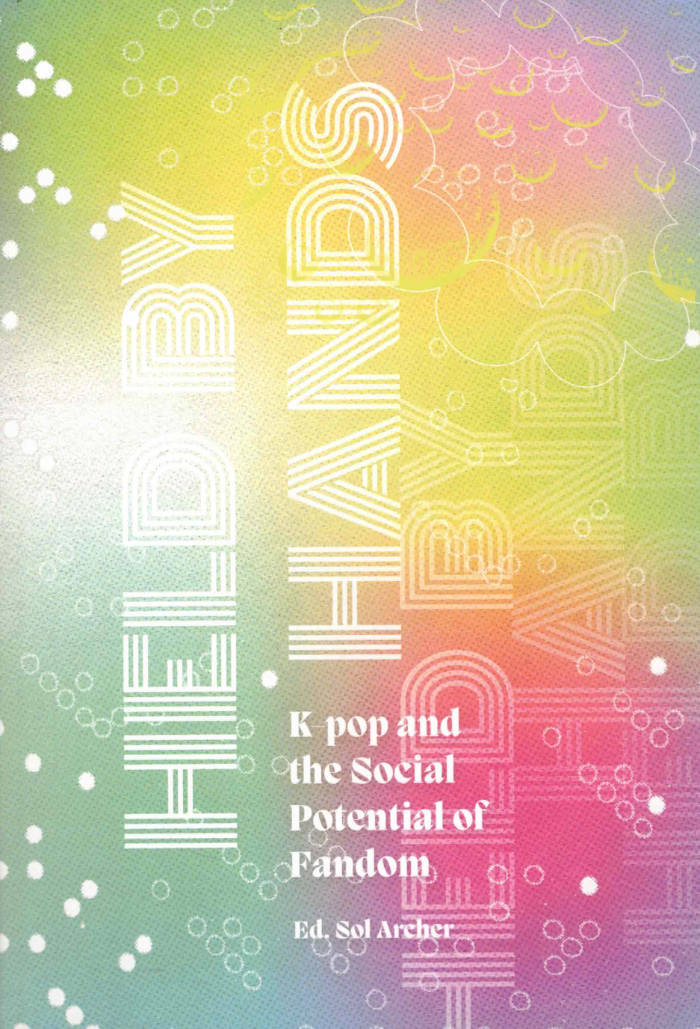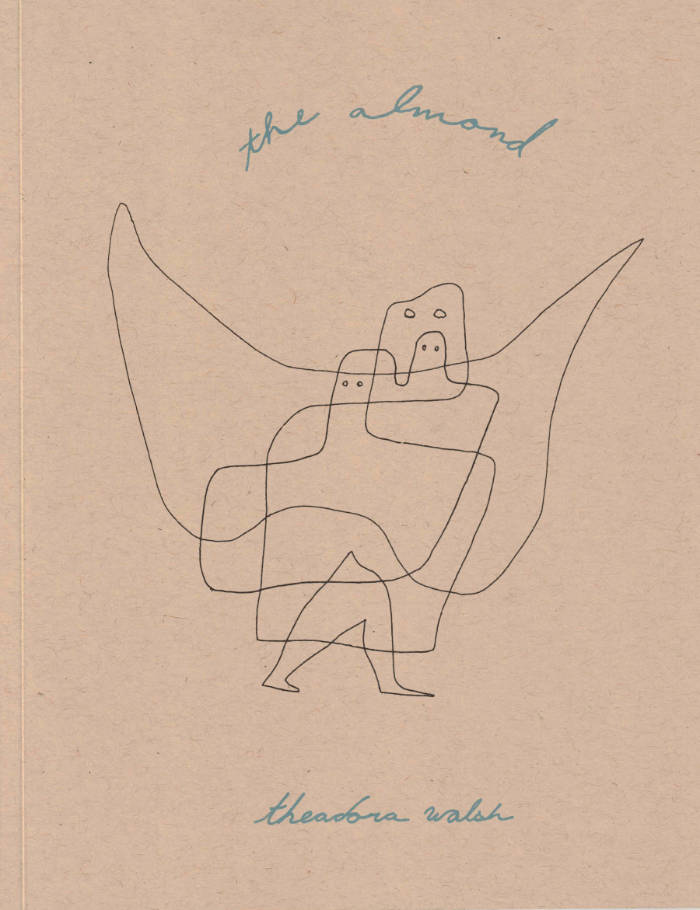
Design Struggles - Intersecting Histories, Pedagogies, And Perspectives
Claudia Mareis ed., Nina Paim ed.
This publication offers a critical assessment of the complicity of design in creating, perpetuating, and reinforcing social, political, and environmental problems, both today and in the past. It proposes going against the grain by problematising Western notions of design to foster situated, decolonial, and queer-feminist modes of disciplinary self-critique, and looks at design through the intersections of gender, culture, ethnicity, and class. Applying robust scholarly insight with engaging and accessible modes of conveyance and storytelling, an urgent and expansive array of voices and views emerge from those engaged in struggles with, against, or around the field of design.
Language: English






